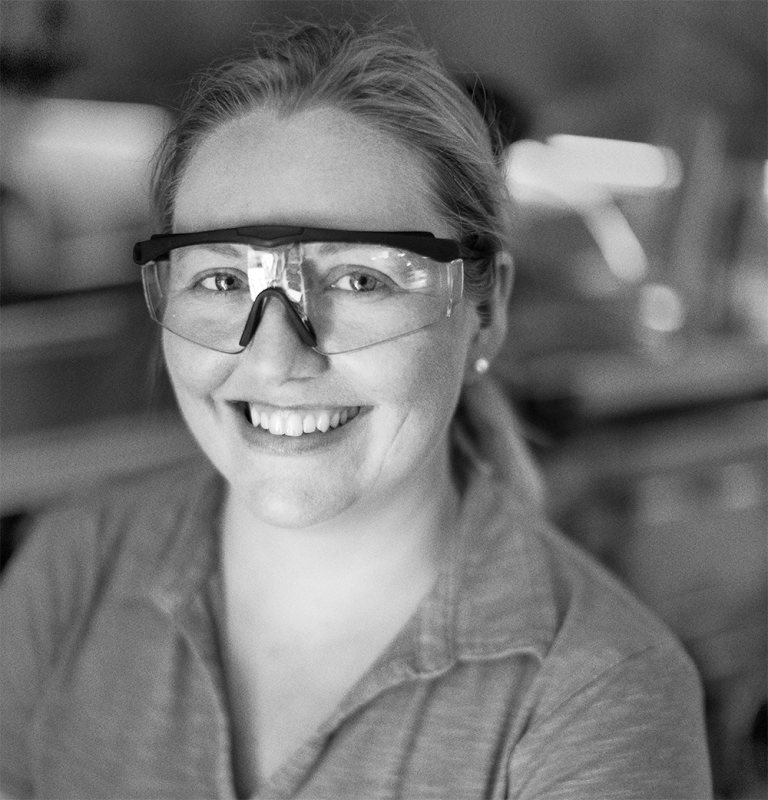
Department Seminar: Róisín Commane
Title: Evaluating regional carbon fluxes using atmospheric concentrations in Arctic and Urban environments
Abstract:
Carbon dioxide (CO2) and methane are increasing rapidly in the atmosphere and both have a strong inter-hemispheric gradient driven by non-uniform surface-atmosphere fluxes. The Arctic is warming at twice the global average and the carbon-rich permafrost soils of northern high-latitude ecosystems have the capacity to release large amounts of carbon to the atmosphere. Increasing uptake of CO2 by vegetation during longer growing seasons may partially offset such release of carbon. However, evidence of significant net annual release of carbon from site-level observations and model simulations across tundra ecosystems has been inconclusive. To address this knowledge gap, we combined top-down observations of atmospheric CO2 concentration enhancements from aircraft and a tall tower, which integrate ecosystem exchange over large regions with bottom-up observed CO2 fluxes from tundra environments for the North Slope region of Alaska. We found that the North Slope is not a consistent net source nor net sink of CO2 to the atmosphere (ranging from −6 to +6 TgC yr−1 for 2012–2017) and our analysis suggests that significant biogenic CO2 fluxes from unfrozen terrestrial soils, and likely inland waters, during the early cold season (September–December) are major factors in determining the net annual carbon balance of the North Slope, implying strong sensitivity to the rapidly warming freeze-up period.
Anthropogenic carbon emissions are driving the warming of Arctic ecosystems. If we want to reduce Arctic warming, we have to reduce carbon emission in lower latitudes, especially cities. Many city governments in the US have committed to reducing their emissions of GHGs based on inventories calculated for the city. However, few cities measure their carbon emissions to know if the enacted policies are having the desired effect. The New York Metro Area (pop. 20M) is the most populous urban area in the United States (US) and the largest urban source of CO2 in the US. We have observed concentrations of methane, ethane, CO, CO2 and N2O over long periods at an observatory in Manhattan (starting in 2019). We combine atmospheric transport models with our observations to evaluate various trace gas inventories for the city (for methane, CO and CO2). To interpret the CO2 observations, we built a model for biogenic CO2 photosynthesis and respiration for NYC that includes street and park trees and urban lawns and found that the large amounts of vegetation in the city absorbs much of the daytime CO2 emitted from traffic across the city. We also identified surprising N2O emissions from specific waste water treatment plants in the city. Our observations of many trace gases have allowed us to study the source characteristics of methane and understand the impact of co-emitted species on urban atmospheric composition.
